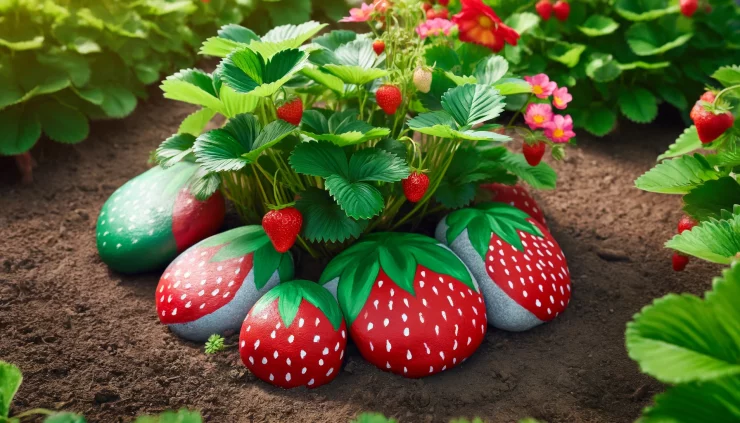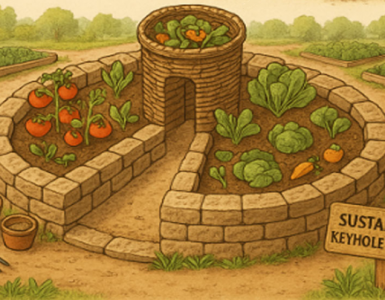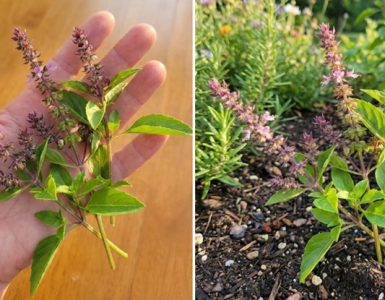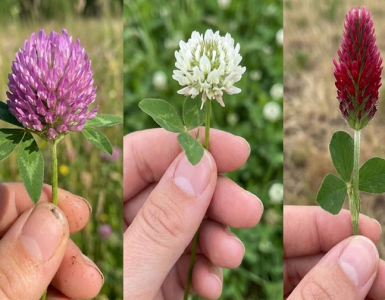Strawberries are a delightful addition to any garden, but they often attract the attention of birds, who can decimate your crop before you get a chance to enjoy it. An ingenious and effective way to protect your strawberry plants is to use painted rocks. By placing red-painted rocks around your strawberry plants before the fruits emerge, you can trick birds into pecking at the fake berries, leaving the real ones untouched. Here’s how you can use this simple technique to safeguard your strawberry harvest.
Why Painted Rocks Work
Birds are naturally attracted to the bright red color of ripe strawberries. When they encounter the painted rocks, they quickly learn that these “berries” are not edible. After a few unsuccessful attempts, they tend to avoid the area altogether, sparing your real strawberries when they ripen.
How to Create and Use Painted Rocks
Materials Needed:
Smooth, round rocks (similar in size to strawberries)
Red, non-toxic outdoor paint
Paintbrushes or sponges
Sealer (optional, for weatherproofing)
Steps:
Collect Rocks: Gather smooth, round rocks that resemble the size and shape of strawberries. Look for rocks that are not too large or too small.
Clean the Rocks: Wash the rocks thoroughly to remove dirt and debris. Let them dry completely before painting.
Paint the Rocks: Using red, non-toxic outdoor paint, cover each rock completely. You can use a paintbrush or sponge for even coverage. Apply multiple coats if necessary, allowing the paint to dry between coats.
Add Details (Optional): For a more realistic appearance, you can add small dots or streaks with white or yellow paint to mimic the look of real strawberries.
Seal the Paint (Optional): If you want your painted rocks to withstand the elements longer, apply a coat of weatherproof sealer after the paint has dried.
Place the Rocks: Distribute the painted rocks around your strawberry plants and bushes before the fruits begin to emerge. Ensure they are clearly visible to the birds.
Additional Tips for Protecting Your Strawberries
Netting: Combine the painted rock technique with bird netting for extra protection. Drape the netting over the plants to prevent birds from accessing the berries.
Scare Tactics: Use reflective tape, old CDs, or plastic predators (like owls or snakes) to deter birds. Move them around periodically to maintain their effectiveness.
Regular Monitoring: Check your plants regularly and adjust the position of the rocks as needed. Ensure the painted rocks remain visible and in place.
Benefits of Using Painted Rocks
Eco-Friendly: This method is non-toxic and safe for the environment, unlike chemical deterrents.
Cost-Effective: Using natural materials and a bit of paint, you can create an effective bird deterrent without spending much money.
Aesthetic Appeal: Painted rocks can add a decorative touch to your garden, enhancing its visual appeal.
Protecting your strawberry plants from birds can be a simple and enjoyable task using painted rocks. By taking the time to create and place these “fake” berries around your garden, you can ensure that your real strawberries remain safe and untouched. This clever technique, combined with other protective measures, will help you enjoy a bountiful and delicious strawberry harvest. So, get creative, paint some rocks, and keep those birds at bay!






Add comment